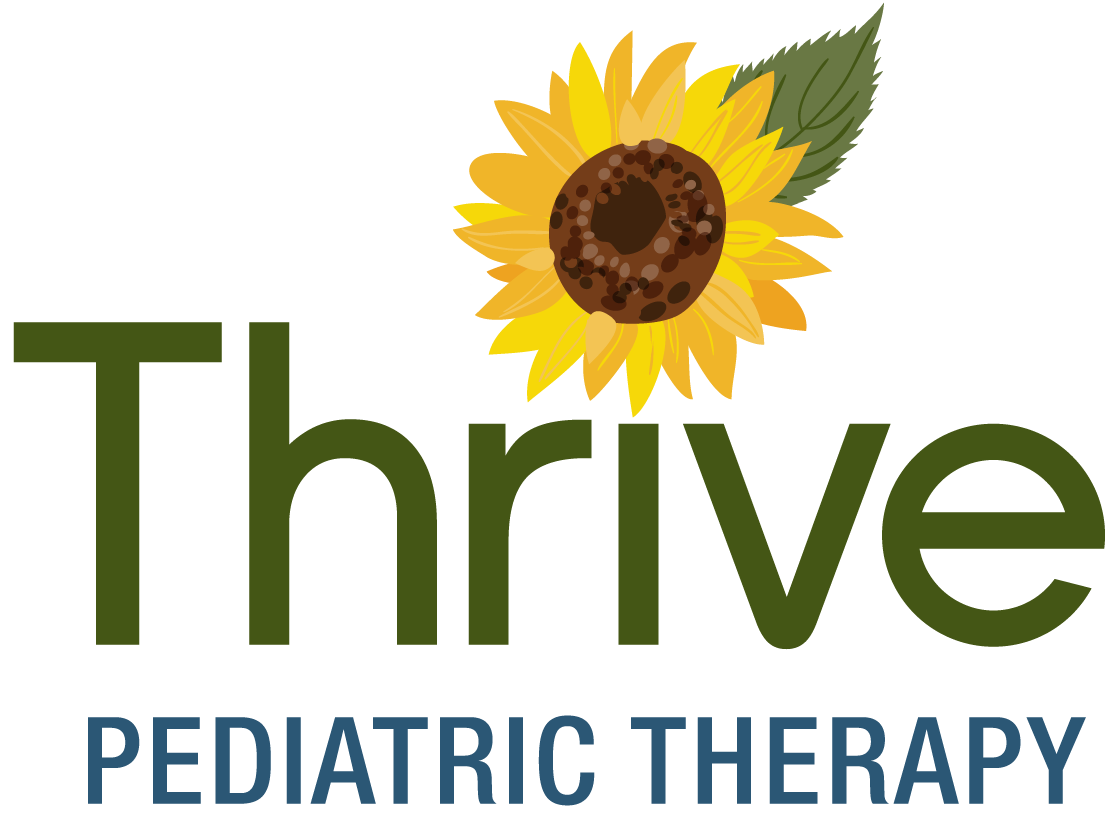Research shows that speech and language disorders are the most common childhood disability, with 1 in 12 children ages three to seventeen presenting with a speech or language disorder. As the prevalence of speech and language disorders is so high, it is important for parents and caregivers to recognize potential signs of these disorders so that they can provide their child with any necessary services. For details regarding speech and language disorders, click here.
Here are some ways to know if your child may need a speech and language evaluation:
A speech sound disorder may be present if your child:
- Produces sounds incorrectly, such as “dough” for go, “bite” for bike, and “wun” for run
- Omits consonant sounds in words, such as “ee” for eat, “ore” for more,” and “sop” for stop
- Distorts consonant sounds or vowel sounds, such as “thun” for sun and “mah” for my
- Reduces the number of syllables in words, such as “bana” for banana and “tar” for guitar
- Uses speech that is difficult to understand
A receptive language disorder may be present if your child:
- Struggles to follow directions such as “Put the cup on the table” and “Give me your shoes.”
- Is unable to answer questions such as “Where’s the dog?” and “Do you want a cookie?”
- Is unable to point to objects and pictures when labeled, such as “Show me the hat.”
- Has difficulty understanding short stories.
An expressive language disorder may be present if your child:
- Struggles to name objects, such as animals, foods, and clothing items
- Has difficulty using words or gestures to request desired objects and actions
- Is unable to use gestures to communicate
- Struggles to use accurate grammar rules, and says things such as “Me want to play” and “I eat yesterday.”
The best way to know for sure if your child needs speech and language therapy services is to schedule an evaluation. For more information regarding expected milestones for each age, click here.

